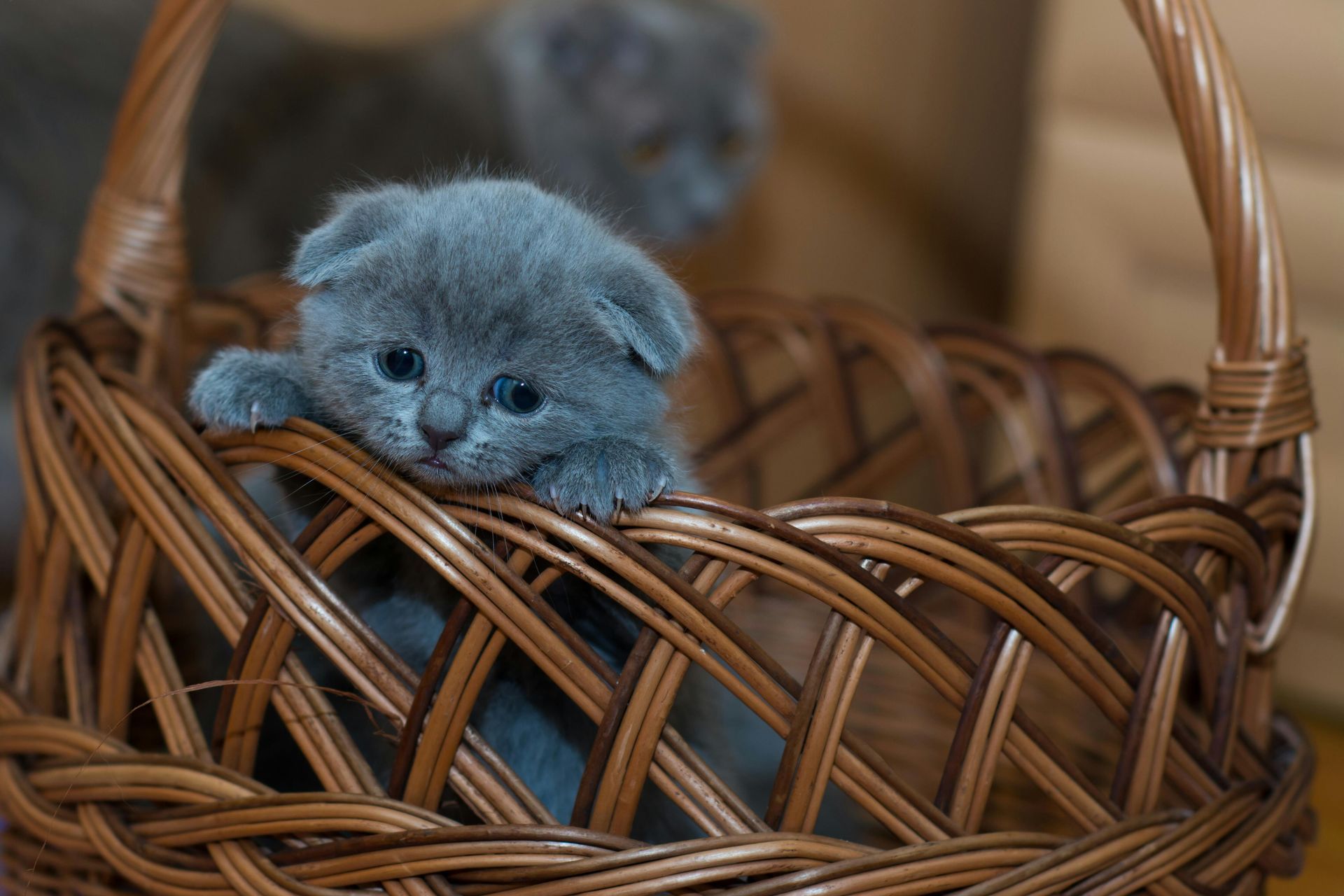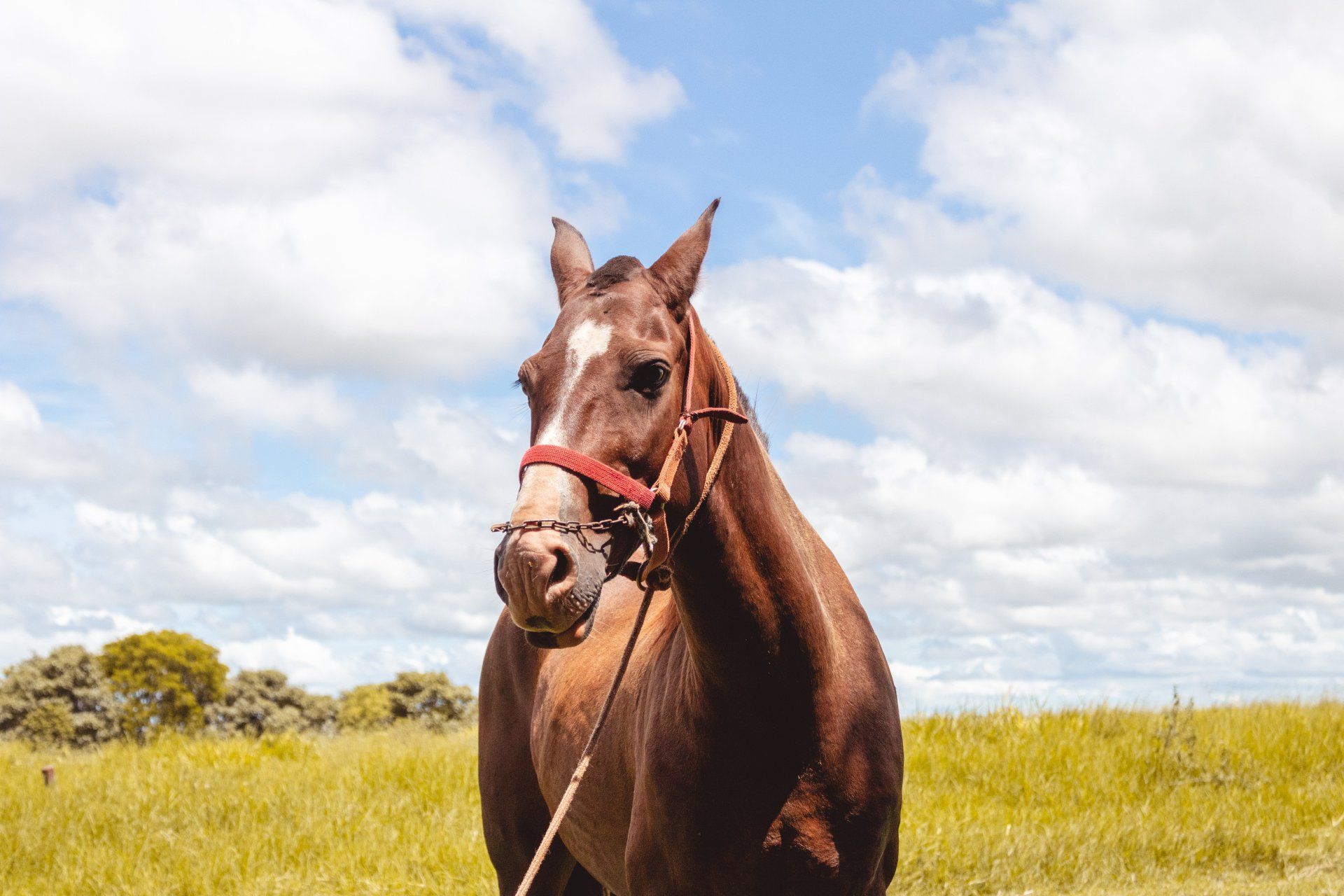Cold Weather Tips for Animals
Cold Weather Tips for Animals
It looks like the National Weather Service is calling for extreme cold in our ares over the next week. Termed the "Polar Vortex," the professionals are calling for "extreme" and "dangerously" cold temperatures. On January 30th, they are predicting a HIGH temperature of -2 degrees F. The last time we had a high temperature below zero was 1994: almost a quarter of a decade ago! The extreme lows are only a part of the issue, with windchill temperatures predicted to be between -40 and -20 degrees F.
This leads to many questions:
How cold is too cold for animals?
What can I do to keep my animals safe?
How can I supplement heat?
What about farm animals and larger animals?
This article will attempt to answer many aspects of the cold weather and provide practical information to keep our pets and livestock safe during this extreme weather.
How Cold is Too Cold for Animals?
There is no set answer to this question, as it varies from breed to breed and species to species. For example, a Siberian Husky can reportedly do well in temperatures like what we are expected to see, even as low as -40 degrees. A Chinese Crested dog, on the other hand; is not designed for such extremes due to the lack of hair coat, thinner skin, and typically lack of body fat. As a general rule, if it is too cold for us, it is too cold for them. This may be a blanket statement, but it is a practical way to think of things. Most animals come equipped with their own fur coat, so they are warmer than we tend to be, but it is still not pleasant for them.
What Can I do to keep my animals Safe?
When the temperatures are this low, there are many tips to keep our animals safe. The first is to limit exposure and limit the time spent outside. It is best if animals can be brought inside, but this is not always possible. If animals are outdoor animals, they will benefit by as much shelter as possible. An attached garage or solid barn is preferable to a lean to or a small shed. Garages tend to be warmer than sheds, as they typically benefit from being enclosed and attached to the heated house.
In addition, small boxes, crates, and animal houses help to further shield them from the elements. A small, enclosed box helps to trap body heat in, as well as limiting exposure to wind. Oftentimes, these smaller boxes will be 20 degrees warmer than the air outside. A animal house can be purchased at a local pet store or online. Even cardboard boxes can be placed inside a garage, barn, or shed to help out. These are not as good as more solid enclosures, but certainly better than nothing. A box within a box can provide extra layers of insulation, even if just a little bit.
Another tip is to prevent animals from direct contact with the ground when possible. Blankets and towels help to insulate a pet from the ground-the thicker, the better!. Dogs can be fitted with boots for their time outside. Boots can be purchased online or at local pet stores. This helps to prevent the direct contact of the paw pads with the ground, as well as preventing snow accumulation on the hair between the pads. Vaseline can be applied to the pads prior to sending a pet outside. This insulates the tender pads, as well as protects the paws from any salt or ice melt that may be on the ground.
Many owners groom their dogs often. A lot of breeds benefit from being "shaved down" during the heat. The opposite is true in the winter. The thicker the hair coat, the better. One area to consider grooming is between the toes and on the bottom of the paws. This limits that amount of hair on which snow and ice can accumulate.
Finally, clothing can be placed on animals while they are outside. There are many fashionable dog and cat sweaters and coats available. These coverings provide and additional layer of heat protection, just like they do for us. Many dogs can fit into various human sweaters as well.
How Can I Supplement Heat?
Heat can be supplemented with heat lamps. It is important to use safety, as these can be a fire hazard. Heat lamps should be elevated enough that an animal can not chew through the cord. In addition, they should be placed a safe distance from anything flammable. Heat lamps can work very well to provide supplemental heat, especially in a garage, which is mostly concrete. Other portable heating devices can be used, but each presented additional risk of fire or burns if an animal is too close for too long. Heating pads can be used too, but these are not recommended. An animal can cozy up for too long and end up with skin damage from burns.
Two more practical sources of supplemental heat are heated water bottles a rice-filled sock. It is very easy to take an old mismatched sock and fill it with plain white rice. Sew over the end of the sock and you have a nice, easy device to provide heat. This can be heated in a normal microwave until it fells nice and warm. Often times, these will hold some heat for 4 to 8 hours.
What Else Should I Consider?
The basics are still important. Water and Food are vital during periods of cold. Animals require additional calories to keep warm. This means feeding additional food. In this kind of extreme weather, free choice feeding is a great idea for animals that don't over eat. A general rule is to increase calories by 25-33%. Keep in mind, this is mainly for outdoor animals. Increasing calories for predominately indoor animals is just adding calories to their diet.
Water is vital. Keeping plenty of fresh water available is key. There are many heated water bowls available online and at pet stores. In our area, there are also farm supply stores that will carry many of the items that we recommend.
Keeping animals dry is vital. Any animal that is returning to inside should be dried off. It is also good to check paws for ice that may have clumped in between the toes. Limit bathing during this time if at all possible. It is also good to allow longer hair coats/ limit trimming during cold weather.
What about farm animals?
This will be addressed in part two of this series. many of the concepts listed above will work for farm animals as well.
In Summary, we recommend some simple common sense:
1) Bring animals inside
2) Limit time spent outside
3) Provide insulation (blankets on floors, coats, boots, etc)
4) Feed extra calories to outdoor pets
5) Keep water from freezing.
6) The more shelter, the better
7) Small boxes and enclosures help to insulate.
8) Keep animals Dry
Article Written by Dr. Jeff Fink












